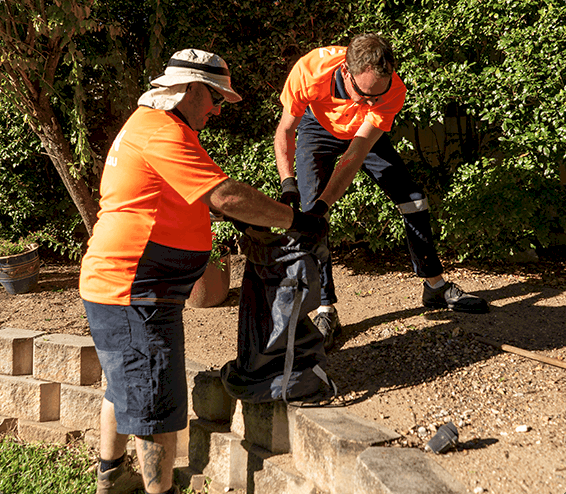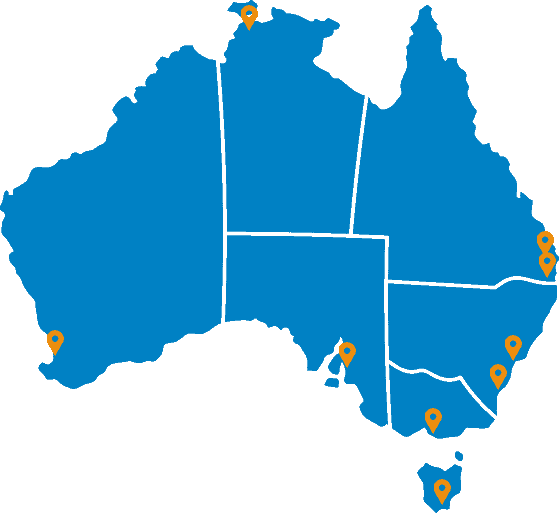Gardening Services
Home Gardeners






Get The Best Gardening Service Available

Townsville, QLD
Great gardening service! Lawn.com.au were very prompt to respond to our request for an estimate and the team even squeezed us in their busy schedule for the same week because we were in dire need of a yard work! The guys were on time, kind, genuine and did a fantastic job on our yard, which had not been worked on for months since we moved into our new home. He was also very detailed oriented! We will definitely be using them again for our monthly services 🙂

Sydney, NSW
The team were prompt, courteous, and professional. Their pricing was more than fair. They do very nice work, are very helpful, and care about the work they do.

Perth, WA
Make Garden Maintenance Fast, Easy, and Affordable With Reliable Gardening Professionals
Lawn.com.au lets you organise a professional gardener based on the services you need and your location. We provide the benefit of having fully insured, trained and vetted gardening professionals available. Gone are the days of relying with uncertainty on a friend or neighbourhood working bee to get what you need to done in your garden.
With Lawn.com.au you can conveniently arrange your garden maintenance through our online booking process. This allows you to customise the service to suit your particular needs.
So call Lawn.com.au today on 1800 952 423 or Book Online for all of your gardening needs.

How to Get Started with Lawn.com.au

Choose Your Service
Select the day, what you need done, and how often using our simple online booking form.

Manage Everything Online
Rescheduling, adding a note to your booking or getting in touch is just a tap, click or text away.

Sit Back and Relax
An experienced, fully-equipped team of gardeners will be there on your selected day – to get your garden looking better than ever.
Recently Completed Gardening Services
Some photos of our recently completed gardening jobs
Campbelltown, NSW 2560
Carlton, VIC 3053
Indooroopilly, QLD 4068
Maroochydore, QLD 4558
Darwin, NT 0810
Belconnen, ACT 2617

Maintain a Beautiful Garden Without Having To Lift a Finger
Whether you are after regular gardener care and maintenance, a garden makeover or tidy up, the team at Lawn.com.au can help. Weekends should be spent with family and friends not gardening, weeding, pruning and mulching. Our teams have a wide range of experience from lawn restoration, turf laying and soft landscaping to plant selection, irrigation installation and soil restoration.
When selecting your service you choose any extras along with the frequency of booking from weekly garden maintenance through to monthly garden maintenance.
Our team are all fully trained and police checked, and fully insured, so your property and lawns are in safe hands.
Popular Locations
We provide gardening services to most cities across Australia, see below for our major service areas.

